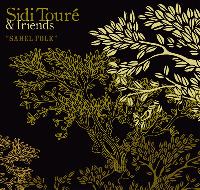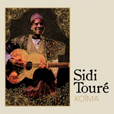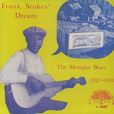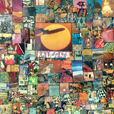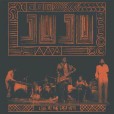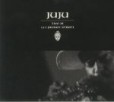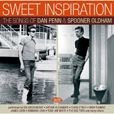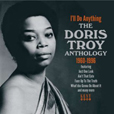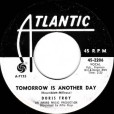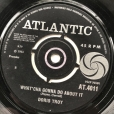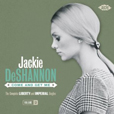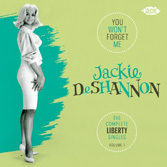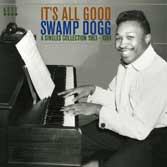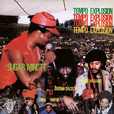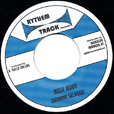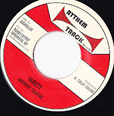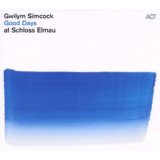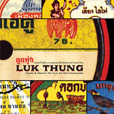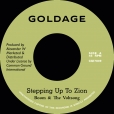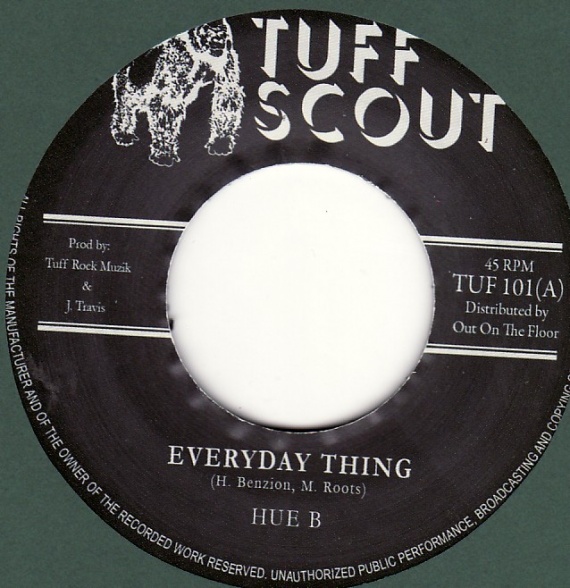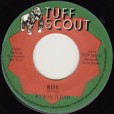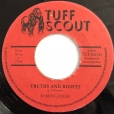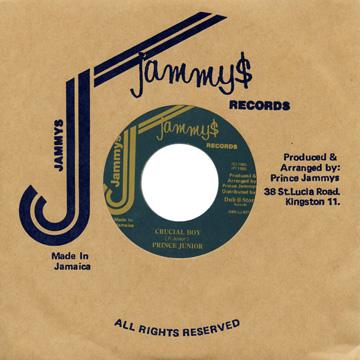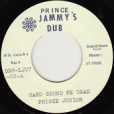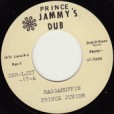Your basket is empty

Stokes, Memphis Minnie, Furry Lewis, Gus Cannon and co. 180g, well-pressed.
‘The Complete Liberty And Imperial Singles, Volume 2.’
The key Black Victory album, produced by Bullwackies and Sugar Minott: a devastating, chilled, dread run of King Tubby’s Tempo rhythm. Surely the greatest one-rhythm LP of all time, with unforgettable versions of the Red Rose classic.
Late-eighties Callo Collins production of the Youth Promotion cohort.
Brilliant solo jazz piano, converting elements of Bach, Bartok and Ligeti, Jarrett, Monk and Mehldau.
Two brilliant contemporary roots productions birthing Out On The Floor’s new imprint. Here, Tuff Rock aka East Londoner Mikey Roots masterminds a raw, luminous cut of Keith Goode’s Jah Jah Deliver Us.
The return of Ramon Judah (from the first ever Tuff Scout).
